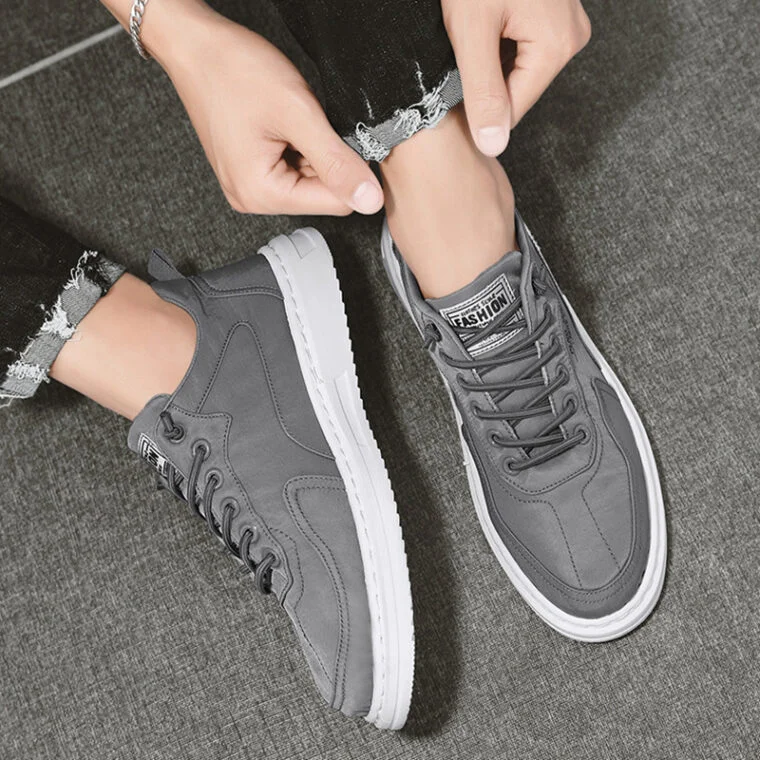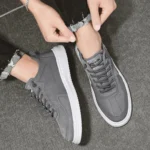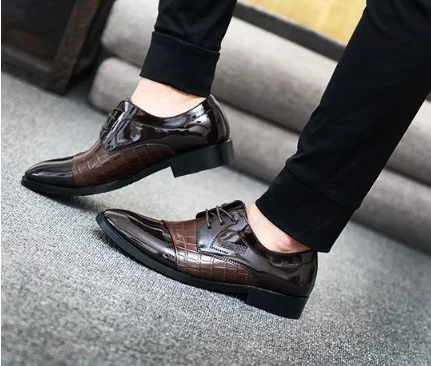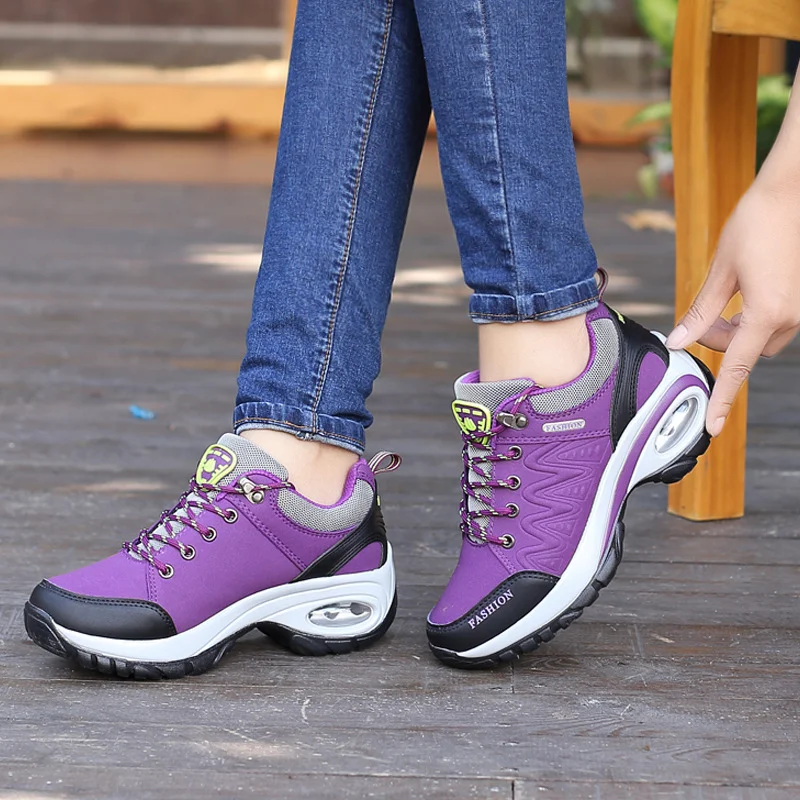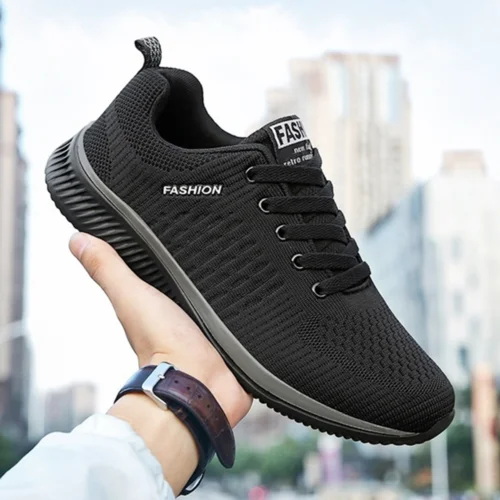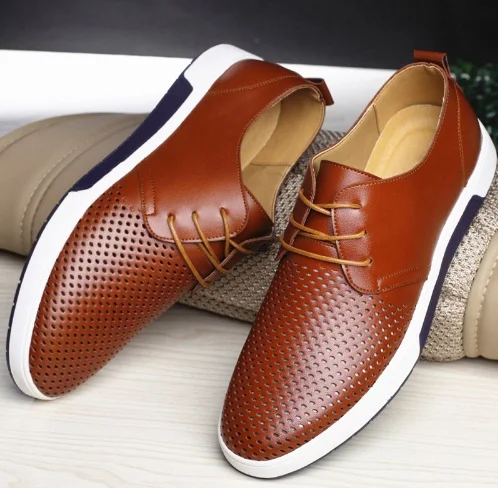What is the best shoe material? There isn’t one overall best, but your lifestyle, usage, and preferences can help you choose the best shoe material for you. That’s what we’re breaking down in this post, so keep reading!
The 5 Types Of Shoe Material
What is the best shoe material for you? Find out below.
1. Leather
Leather has long been a go-to material for quality footwear, especially dress shoes and boots. It’s a natural material made from animal hides and is prized for its durability and classic appearance.
Over time, leather molds to the shape of your foot, offering a custom fit that improves with age.
Pros:
- Long-lasting and durable
- Molds to the foot for a comfortable fit
- Breathable and naturally water-resistant
Cons:
- More expensive than other materials
- Requires regular maintenance to stay in top shape
- Not ideal for very wet conditions without treatment
2. Synthetic
Synthetic materials like polyester, nylon, and polyurethane are widely used across everything from athletic shoes to budget-friendly fashion sneakers. These artificial fabrics are often engineered for specific performance benefits like water resistance or lightweight support. They’re also commonly found in vegan footwear, offering cruelty-free alternatives to leather.
Pros:
- Lightweight and flexible
- More affordable than natural materials
- Often designed to resist water or moisture
Cons:
- Less breathable than natural materials
- May wear out more quickly over time
- Environmental concerns with non-recycled synthetics
3. Canvas
Canvas is a woven fabric, usually cotton or a cotton blend, that’s commonly used in casual shoes like sneakers and slip-ons.
It is popular for warm-weather footwear thanks to its breathability and laid-back aesthetic. While not the most durable material, it’s easy to clean and perfect for everyday, low-impact use.
Pros:
- Breathable and lightweight
- Easy to clean and maintain
- Affordable and vegan-friendly
Cons:
- Not water-resistant
- Less durable over long-term use
- Offers minimal support and structure
4. Knit and Mesh Uppers
Modern athletic and casual shoes often feature knit or mesh uppers, lightweight, stretchable materials designed to provide a sock-like fit.
Brands like Nike and Adidas popularized engineered knits (e.g., Flyknit or Primeknit), which are great for comfort and breathability. These materials are often used in performance footwear due to their flexibility and adaptability.
Pros:
- Extremely breathable
- Lightweight and flexible fit
- Often made from recycled or eco-conscious materials.
Cons:
- May lack support or protection
- Not great for rugged or wet environments
- Can stretch out over time
5. Rubber
While rubber isn’t usually used for the upper part of shoes, it’s essential for the outsole (the part that makes contact with the ground). A good rubber sole provides grip, stability, and protection for sneakers, hiking shoes, and more. It also absorbs shock and helps shoes last longer, especially in tough conditions.
Pros:
- Excellent traction and grip
- Waterproof and easy to clean
- Durable and shock-absorbing
Cons:
- Can add extra weight to the shoe
- May wear unevenly depending on use
- Not breathable
So, What Is The Best Shoe Material?
There’s no universal winner; it all comes down to how you’ll use the shoes. Leather is great for style and longevity, synthetic materials are practical and accessible, canvas suits casual wear, knit uppers offer athletic comfort, and rubber soles are essential for durability and traction. The best shoe material is the one that matches your lifestyle, environment, and personal values.

